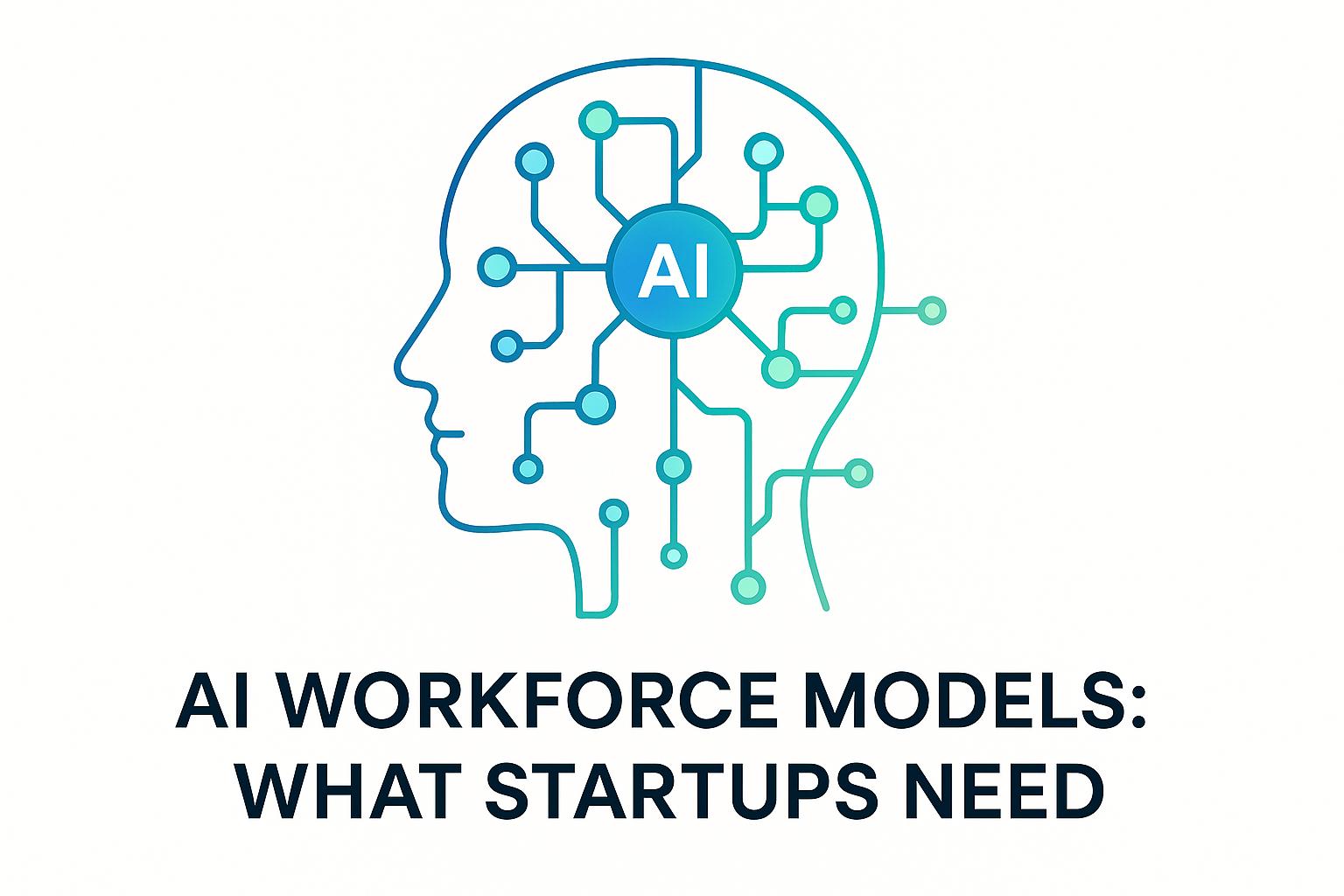AI is transforming scenario-based budgeting by making it faster, more accurate, and easier to manage. Businesses using AI tools can reforecast earnings in under a week, process real-time data, and analyze hundreds of variables simultaneously. This shift allows companies to create detailed financial scenarios, reduce forecasting errors by up to 50%, and make better decisions quickly.
Key Benefits of AI in Budgeting:
- Real-Time Forecasting: AI integrates data from multiple sources for continuous updates.
- Efficiency: Automates repetitive tasks, freeing up finance teams for strategic work.
- Enhanced Scenario Analysis: Models multiple outcomes with high precision.
- Improved Accuracy: Reduces human error and adjusts to market trends over time.
| Traditional Budgeting | AI-Driven Budgeting |
|---|---|
| Static forecasts | Dynamic, real-time updates |
| Manual analysis | Automated pattern recognition |
| Limited scenarios | Hundreds of scenarios modeled |
| Monthly updates | Daily or real-time updates |
| Higher error rates | Improved accuracy with AI |
AI-powered tools like Lucid Financials and Sensible ML are already helping businesses make smarter, faster financial decisions. However, challenges like data quality and system integration remain, requiring a balance between AI automation and human expertise.
Advantages of AI in Scenario-Based Budgeting
Real-Time Data and Forecasting
AI processes large volumes of real-time data from various sources, allowing businesses to make precise predictions and respond quickly to market changes. By integrating data from departments like sales, operations, finance, and HR, it provides a clear view of potential financial paths [4]. This integration makes it easier for organizations to create and update scenarios quickly, giving them a solid base for making strategic decisions.
AI also excels at analyzing multiple complex variables at once, making it a powerful tool for exploring different financial scenarios.
Efficient Scenario Analysis
AI speeds up the creation and comparison of financial scenarios, helping businesses evaluate risks and opportunities faster and more accurately. Its ability to process intricate relationships between variables equips organizations to prepare for a range of outcomes - from best-case to worst-case scenarios [4].
| Aspect | Traditional Method | AI-Enhanced Method |
|---|---|---|
| Speed | Days to weeks | Minutes to hours |
| Variables Considered | Limited by human capacity | Hundreds of variables |
| Frequency | Monthly/Quarterly | Real-time/Daily |
| Accuracy Level | Subject to human error | High precision with pattern recognition |
| Risk Assessment | Basic projections | Complex probability modeling |
AI doesn’t just improve scenario analysis; it also simplifies financial planning by automating repetitive tasks.
Automation of Financial Tasks
AI takes over routine tasks, cutting down the manual workload in financial planning. This allows finance teams to concentrate on making strategic decisions [1][4]. Over time, AI learns and adjusts, making financial models more accurate as they adapt to market changes and economic trends [3].
"AI uncovers trends and pressures, helping Finance develop scenario plans to address potential outcomes."
With each use, AI tools become more refined, offering financial planning and analysis (FP&A) teams increasingly advanced capabilities for scenario-based budgeting. This ongoing improvement makes the process more reliable and effective.
Examples of AI-Powered Budgeting Tools in Use
Case Studies of AI in Budgeting
Companies using AI-driven tools for scenario planning have seen noticeable changes in how they approach financial planning. Businesses across various sectors have adopted these tools to gain deeper insights and respond more quickly to market shifts [5].
Both mid-sized and large enterprises have shared how AI-powered budgeting tools have improved their forecasting accuracy and sped up decision-making. These tools are reshaping financial planning, making it more flexible and responsive [2][3].
Lucid Financials: A Closer Look

Lucid Financials is a great example of how AI can transform scenario-based budgeting for businesses. This platform connects seamlessly with tools like QuickBooks and payroll systems, offering real-time insights and automating scenario comparisons [3].
| Feature | Business Impact |
|---|---|
| Real-time insights and automated scenario comparisons | Quick evaluation of multiple financial scenarios |
| Industry Benchmarking | Smarter decisions based on market data |
While AI takes care of heavy data processing and scenario generation, financial professionals still steer the strategic decisions [2]. This partnership between AI and human expertise ensures scenario-based budgeting is both efficient and effective.
"AI-enabled Finance is here to stay, and AI-powered scenario planning can drive Finance to faster, more accurate and more collaborative insights through the financial forecast." - OneStream Software [5]
These case studies highlight how AI is turning financial planning into a real-time, data-driven process that supports smarter decision-making. However, as with any innovation, adopting AI in budgeting comes with its own set of challenges, which we’ll dive into next.
sbb-itb-17e8ec9
Challenges of Implementing AI in Budgeting
Data Quality and System Integration
Issues like poor data quality and system integration are major roadblocks for AI in budgeting. In fact, 60% of finance professionals point to data quality, while 75% highlight integration problems as key challenges [4][2]. These issues often lead to data silos, which reduce AI's effectiveness in generating accurate insights.
Here’s a breakdown of common challenges and strategies to address them:
| Challenge | Impact | Solution Strategy |
|---|---|---|
| Data Quality | Produces inaccurate forecasts | Use data validation processes and cleansing tools |
| System Integration | Causes fragmented planning | Opt for unified platforms with integration features |
| Data Standardization | Leads to inconsistent reporting | Standardize data formats across all systems |
While tackling these technical issues is crucial, organizations also need to find the right mix of AI automation and human expertise for effective budgeting.
Balancing AI and Human Input
AI can process data efficiently, but human judgment remains key for guiding strategic decisions, especially in unpredictable markets. The challenge lies in combining AI's analytical power with human oversight to adapt to changing conditions.
To achieve this balance, organizations should:
- Focus on strong data management practices.
- Choose AI tools that work well with current systems.
- Set up clear guidelines for human review and decision-making.
This approach ensures that both AI and human input contribute to smarter, more flexible budgeting processes.
Related video from YouTube
Conclusion: The Future of AI in Scenario-Based Budgeting
AI is changing the game in scenario-based budgeting by boosting both accuracy and efficiency. The results speak for themselves: 50% of businesses have cut forecasting errors by at least 20%, and a quarter have seen reductions of over 50% [4].
This shift in financial planning goes far beyond just saving time. Today’s AI platforms bring advanced tools that were once exclusive to large enterprises within reach of smaller businesses. For example, new financial planning platforms are showing how AI can level the playing field, giving businesses of all sizes access to advanced budgeting tools.
These developments are transforming how organizations handle financial planning and make decisions. With the ability to analyze complex data and produce reliable forecasts, AI is helping businesses navigate unpredictable markets more effectively. As the technology improves, its growing accuracy and ease of use are driving adoption across various industries.
The future of AI in budgeting lies in refining algorithms and ensuring smooth integration. The goal is to deliver precise predictions while maintaining the right balance between automation and human input. As it continues to advance, AI will reshape financial planning, enabling businesses to make faster, smarter decisions in the face of uncertainty.


